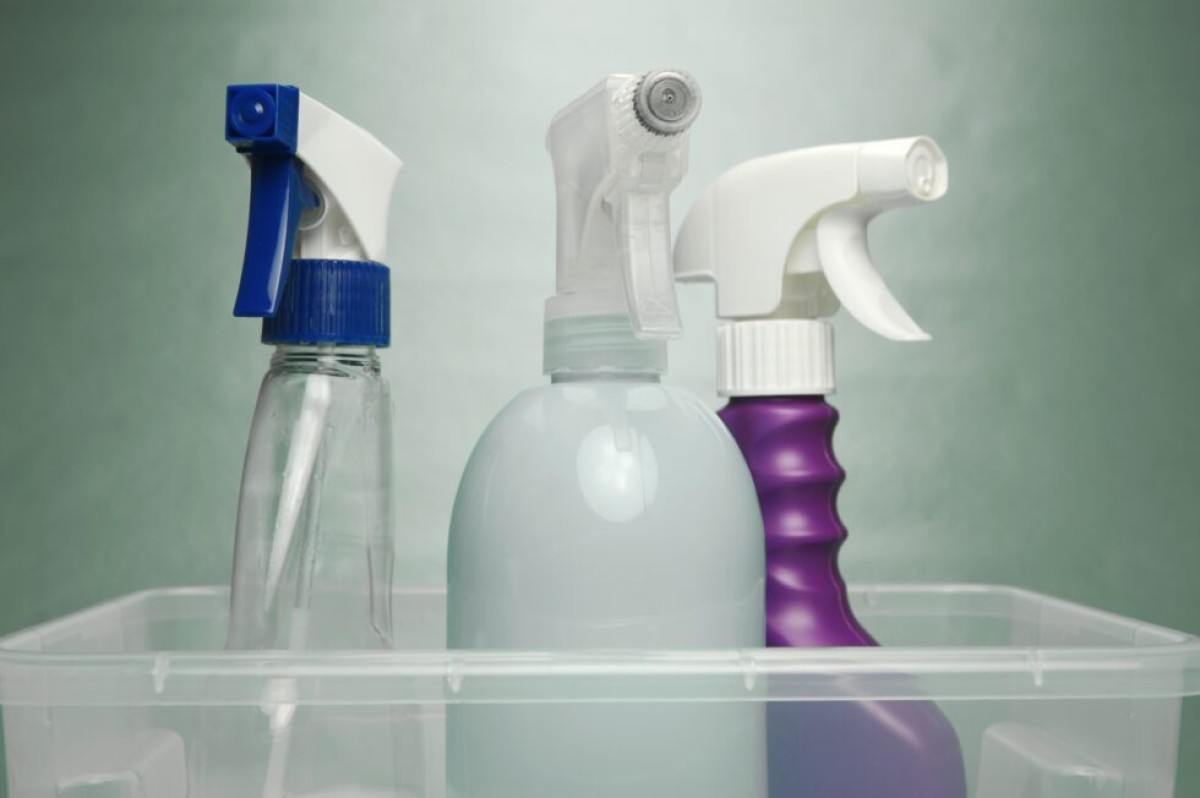How Does Indoor & Outdoor Air Pollution Affect the Home?

We know all about the risks of pollution when we step outside. Whenever we go about our day – heading to work, running to the shops or getting on public transport – we’re exposed to hazards in the atmosphere like smug and pollen.
Most of us don’t think about indoor air pollution, or how both types together can impact the home. Meaning, even when we’re safely indoors, poor air quality could be impacting our homes and our health.
Indoor vs outdoor air pollution: What’s the difference?
In today’s world, the majority of outdoor air pollution (also called ambient air pollution) is down to human activity. The burning of fossil fuels, electric power generation and fumes from vehicles – to name a few. WHO sets out guidelines for safe levels of ambient air pollution. But in 2019, 99% of the population was living in places that didn’t meet those guidelines.
Outdoor air pollutants mainly consist of:
- Nitrogen oxides
- Sulphur dioxide
- Ozone gases
- Carbon monoxide
- Hydrocarbons
- Particulate matter
Indoor air pollution, on the other hand, is defined by the dust, dirt and gasses found inside the home. This can be caused by heating the home, cooking and the damp and mould that often form in poorly-ventilated spaces. Pollutants from fine particles, toxic gases, household products, allergens and tobacco smoke are the biggest risks in our homes.
Inside, the pollutants we’re mostly exposed to include:
- Nitrogen oxides
- Sulphur dioxide
- Ozone gases
- Carbon monoxide
- Volatile and semi-volatile organic compounds (VOCs)
- Particulate matter
- Radon
- Microorganism
The relationship between indoor & outdoor air pollution
A team from the US studied the relationship between indoor, outdoor and personal air (RIOPA). They wanted to investigate how exposure to certain pollutants (like VOCs and fine particles) affected those living in residential buildings. Their study of 212 homes found the median contribution to indoor PM2.5 (particulate matter of 2.5 microns or less) from outdoor sources was 56%.
In other words, the majority of indoor air pollution actually comes from pollutants found outside – although this isn’t a huge majority. Indoor pollutants play a part, too.
A separate study into heating, housing and health found that homes close to a major road highway were dealing with significant levels of indoor NO2 (nitrogen dioxide) whenever traffic hit a peak period.
In the past, you may have heard that staying indoors protects us from ambient pollution. But these studies suggest otherwise. It seems that, in reality, ambient pollution is able to migrate into New Zealand homes and impact the air quality inside. Other studies, such as those by Hodas et al. (2012), found a link between large-scale decreased mortality rates and increased use of air conditioning. Homes with good ventilation and those located further away from areas of high road traffic are also shown to be better protected from pollution.
A quick round-up of the risks of air pollution to home & health
In 2021, WHO released some concerning stats about household air pollution and health. We’ve rounded up some key facts to summarise the dangers. (But don’t panic – we’ll show you how to minimise risks in the following section.)
- Every year, almost 4 million people die prematurely due to illnesses linked to household air pollution (such as using dated or inefficient cooking practices)
- Household air pollution has links to diseases such as stroke, ischaemic heart disease, chronic obstructive pulmonary disease (COPD) and lung cancer
- Almost 50% of pneumonia-related deaths of children under 5 are caused by the particulate matter inhaled from indoor air pollution
Fight indoor air pollution with SmartVent
We’ve established that outdoor air pollution can affect the air quality inside our homes. Plus, we’ve got other sources of pollution to deal with, like those from cooking, cleaning products, and allergens and dust mites. Good thing there are steps you can take to avoid the health problems associated with poor air quality, like those mentioned above.
The best way to make your home a safe place to be is through ventilation. Taking it a few steps further than just opening your windows each day, a home ventilation system reduces the risk of the spread of airborne viruses, mould issues, asthma and other respiratory problems, smoke, carbon monoxide and moisture buildup.
SmartVent has the home ventilation products for every NZ abode.
Browse our range online or give us a call on 0800 140 150 to make sure you no longer need to worry about indoor or outdoor pollution while you’re at home.
Additional sources:
- Boulic, M. (2012). The indoor environmental benefits from replacing unflued gas and portable electric heaters with higher capacity non indoor air polluting heaters: An interventional field study. (PhD Thesis, Massey University.)